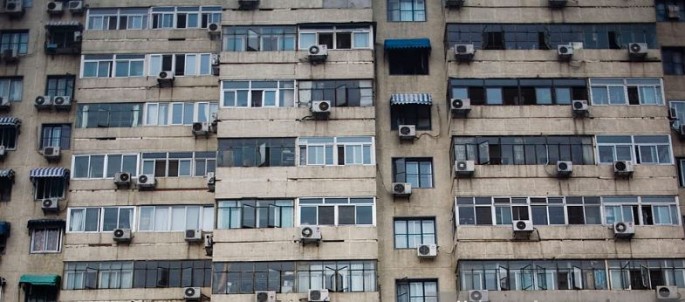Over 170 countries have reached an agreement to limit emissions of hydrofluorocarbons (HFCs), the chemicals used by air conditioners and refrigerators for cooling, as part of the worldwide campaign to limit global warming to below 2 degrees Centigrade.
HFCs are thousands of times more potent as a greenhouse gas than carbon dioxide on a pound-per-pound basis. Controlling HFC emissions might prevent a 0.5°C (0.9°F) rise in temperature by 2100. Scientists say this is important to the goal of last year's Paris Agreement to hold global temperature rise below 2°C (3.6°F) by 2100.
"Adopting an ambitious amendment to phase down the use and production of hydrofluorocarbons, or HFCs, is likely the single most important step that we could take at this moment to limit the warming of our planet," said Secretary of State John Kerry in Kigali, Rwanda where the deal was hammered out.
Richer economies like the US and the European Union will start to limit their use of HFCs within a few years and make a cut of at least 10% from 2019. Some developing countries like China, nations in Latin America and island states will freeze their use of HFCs from 2024.
Countries will have to follow one of three timetables to peak and then reduce their use of HFCs. Developed countries will need to freeze their HFC production and use in 2019 with immediate reductions to follow immediately after that.
Some developing countries (China, Brazil and over 100 others) agreed to peak their HFC use in 2024. And other developing countries agreed to freeze use in 2028.
That last group includes countries like India, Pakistan and the Gulf States where expanded access to air conditioning could save lives due to intense heat.
This accord reached Oct. 15 is a formal amendment to the Montreal Protocol, which was crafted in 1989 to protect the ozone layer. The Montreal Protocol requires countries to phase out chlorofluorocarbons (CFCs) used in refrigerators, air conditioners and other uses because it depletes the ozone layer.
Most manufacturers, however, replaced CFC with HFCs thereby causing a different problem.



























